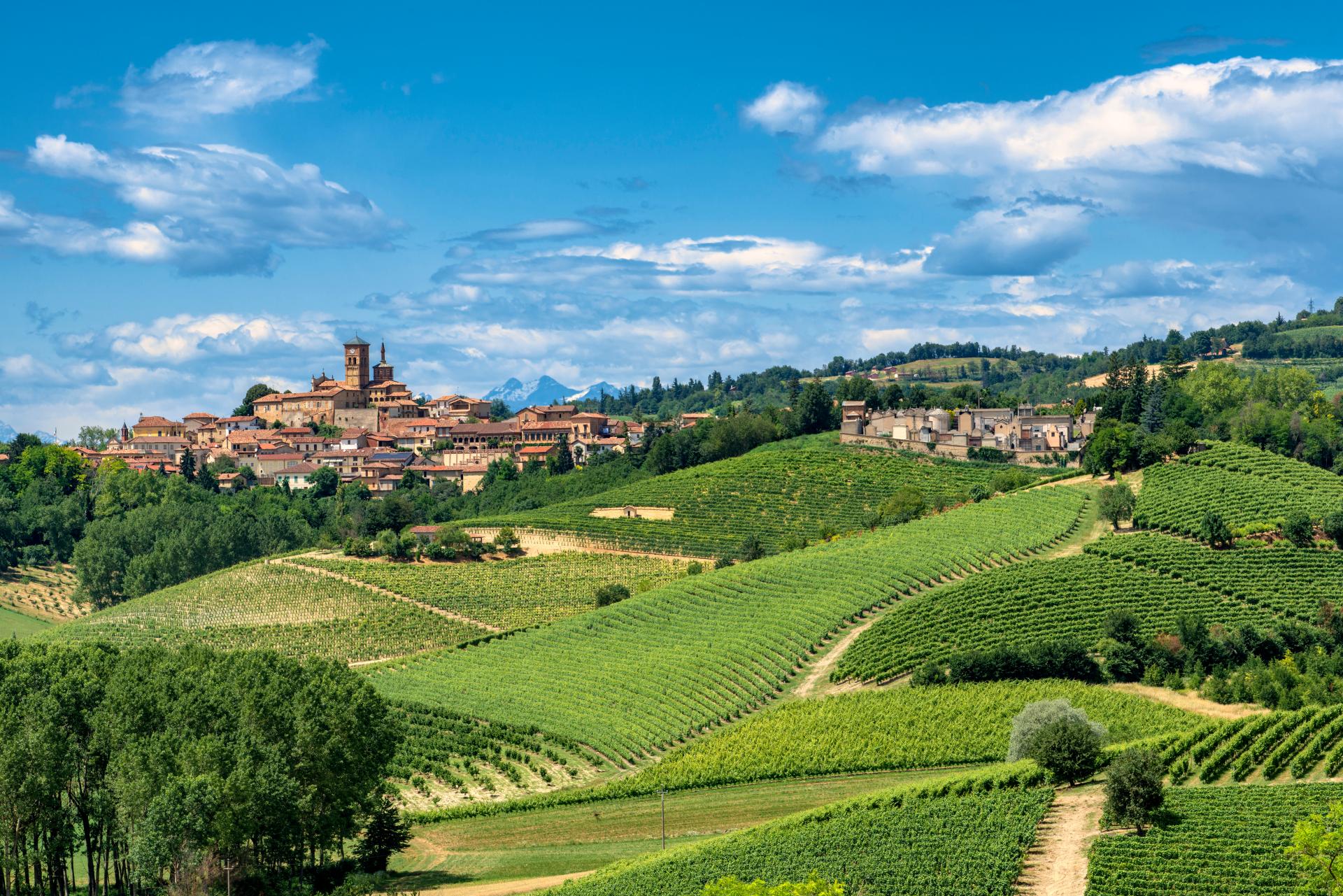Near the north-western Italian town of Asti, known for its vineyards and sparkling white wine, Alberto Mossino helped cultivate a different crop: maize.
On a farm surrounding a 19th-century villa he revived the production of Ottofile maize, which is used to make polenta. Ottofile, a red-orange, creamy-tasting grain type typical of the region, has been at risk of extinction since the Second World War as a result of competition from other varieties.
Positive change
Mossino is the director of PIAM, a non-governmental organisation that helps integrate refugees into Italian society. The organisation was part of a project that received EU funding to regenerate rural areas through local heritage.
‘This was a great opportunity for both the region and the refugees,’ said Mossino. ‘It changed the mentality of the local population towards immigrants in a positive way.’
Nearly a third of all people in the EU live in rural areas, where the benefits include more quietness and a greater proximity to nature than cities can offer.
Nonetheless, rural regions face daunting challenges including depopulation, especially from young people moving elsewhere for better job prospects.
Rural areas in Europe have seen their populations decline for decades and are projected to lose 8 million more people by 2050.
As a result, these areas are often characterised by ageing residents and an absence of basic institutions and public services.
‘We have a very old population and the young people all leave because we don’t have things like a university,’ said Mossino, who was born and raised in Asti and comes from a family of farmers.



